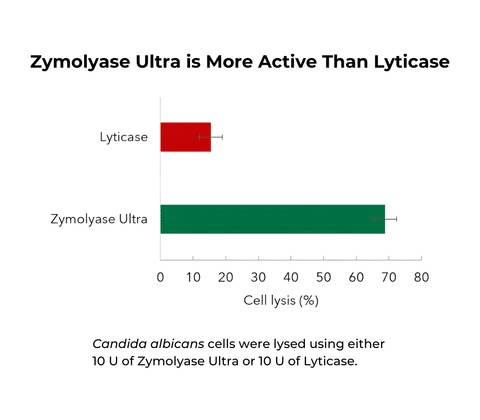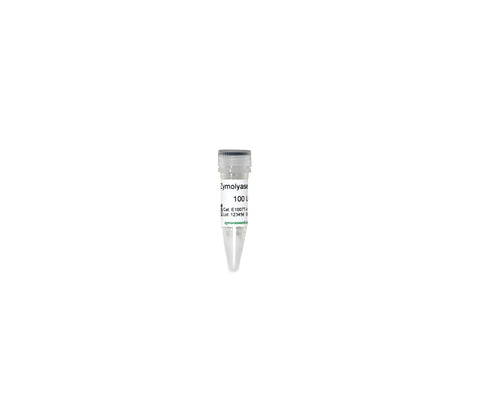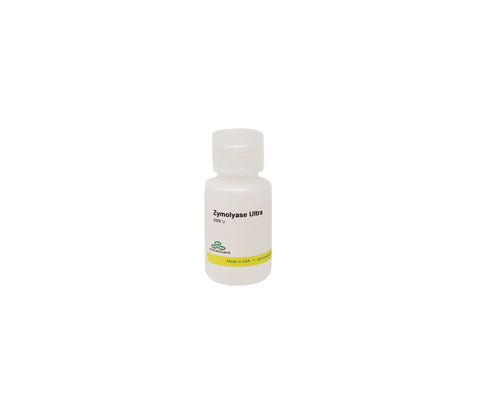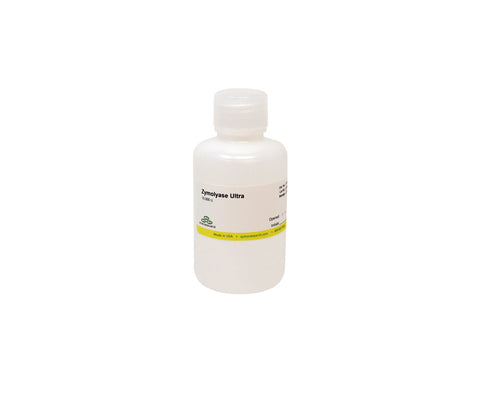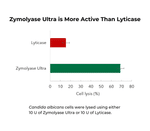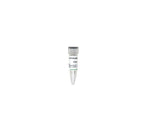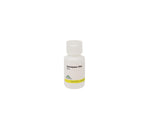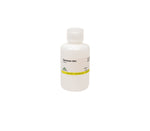Successfully Added to Cart
Customers also bought...
-
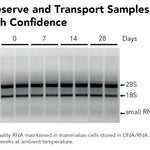 DNA/RNA Shield (50 ml)Cat#: R1100-50DNA/RNA Shield reagent is a DNA and RNA stabilization solution for nucleic acids in any biological sample. This DNA and RNA stabilization solution preserves the...
DNA/RNA Shield (50 ml)Cat#: R1100-50DNA/RNA Shield reagent is a DNA and RNA stabilization solution for nucleic acids in any biological sample. This DNA and RNA stabilization solution preserves the... -
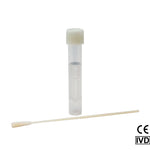 DNA/RNA Shield SafeCollect Swab Collection Kit (1 ml fill) (1 collection kit)Cat#: R1160The DNA/RNA Shield SafeCollect Swab Collection Kit is a user-friendly collection kit for stabilizing the nucleic acid content of samples collected with a swab. DNA/RNA...
DNA/RNA Shield SafeCollect Swab Collection Kit (1 ml fill) (1 collection kit)Cat#: R1160The DNA/RNA Shield SafeCollect Swab Collection Kit is a user-friendly collection kit for stabilizing the nucleic acid content of samples collected with a swab. DNA/RNA...
Highlights
- Ultra Efficient: 50x more efficient than lyticase.
- Ultra Low-Bioburden: Up to 70x less DNA contamination compared to other suppliers.
- Convenient to Use: Dissolves in water and stable for multiple freeze-thaw cycles.
Original Manufacturer
Satisfaction 100% guaranteed, read Our Promise
Innovated in California, Made in the USA
Highlights
- Ultra Efficient: 50x more efficient than lyticase.
- Ultra Low-Bioburden: Up to 70x less DNA contamination compared to other suppliers.
- Convenient to Use: Dissolves in water and stable for multiple freeze-thaw cycles.
Original Manufacturer
Satisfaction 100% guaranteed, read Our Promise
Innovated in California, Made in the USA
Description
Performance
Technical Specifications
| Activity | β-1,3-glucan laminaripentao-hydrolase β-1,3-glucanase β-1,6 glucanase Chitinase Trace amount of protease |
|---|---|
| Format | Lyophilized |
| Optimum pH | 7.3 - 8.0 |
| Optimum Temperature | 37°C |
| Reconstitution | Add nucleic acid-free and DNase/RNase-free water to the lyophilized Zymolyase Ultra to 1-5 U/µl, mix by gentle inversion. |
| Solubility | ≤ 5U/µl in water |
| Storage | After reconstitution store frozen aliquots (-20°C). |
Resources
Documents
FAQ
Yes, we can customize your order request to meet your specific requirements. For bulk ordering, please click “Bulk Order Inquiry”.
There are two main differences:
1. Zymolyase Ultra has lower DNA/RNA contamination.
2. Zymolyase Ultra consists of more lytic enzymes targeting different cell wall components, thus it has higher cell wall lysing efficiency.
DNA copies were calculated by using Zymo Research Femto Bacterial DNA Quantification kit (E2006) and Femto Fungal DNA Quantification kit (E2007). These are qPCR-based assays that either amplify the 16S or ITS regions and compare an unknown sample against a standard curve of known DNA amounts. The measurements were converted to genomic DNA copies/Unit enzyme in each assay and then combined for total DNA content.
It is active between 4-37°C.
It is active in common buffers like Tris-Cl and phosphate buffers. Optimal pH is between 7.3-8.0.
Zymolyase Ultra is very efficient, but here are some tips that can improve cell wall digestion efficiency:
1. Use fresh and early log phase cells, which are more susceptible to enzymatic lysis.
2. Using less cells as input can improve overall digestion efficiency.
3. Increase digestion time.
4. Add 1-2 mM β-mercaptoethanol to the reaction.
Applications
- Plasmid, DNA and RNA purification: By breaking down the rigid cell walls of yeast and fungi, Zymolyase Ultra facilitates the release of nucleic acids and significantly increases nucleic acid extraction efficiency.
- Protein purification: Zymolyase Ultra enables efficient extraction of proteins from the cell wall, cell membrane, and intracellular compartments. Unlike mechanical lysis, the gentle enzymatic lysis protects sensitive proteins from denaturation caused by heating or physical shearing. It supports downstream analyses such as protein-protein interaction assays and antibody-based assays, Western blotting, mass spectrometry, and proteomic studies.
- Yeast/fungi detection: Increase cell lysis facilitated by Zymolyase Ultra can directly contribute to enhanced sensitivity of yeast/fungi detection, critical for sensitive analysis like PCR, qPCR and NGS.
- Protoplast/Spheroplast preparation: With gentle enzymatic breakdown of yeast cell walls, cellular structures and components are protected from mechanical stress and damage.
- Yeast genetics and cell biology: Lysing yeast cells using Zymolyase Ultra with ultra-low DNA contamination ensures the extraction of clean and uncontaminated genetic material, minimizing the risk of introducing foreign DNA.
Need help? Contact Us


